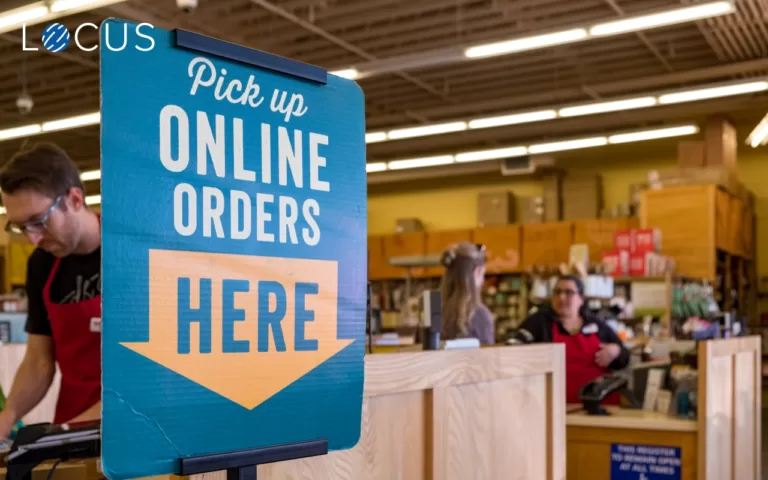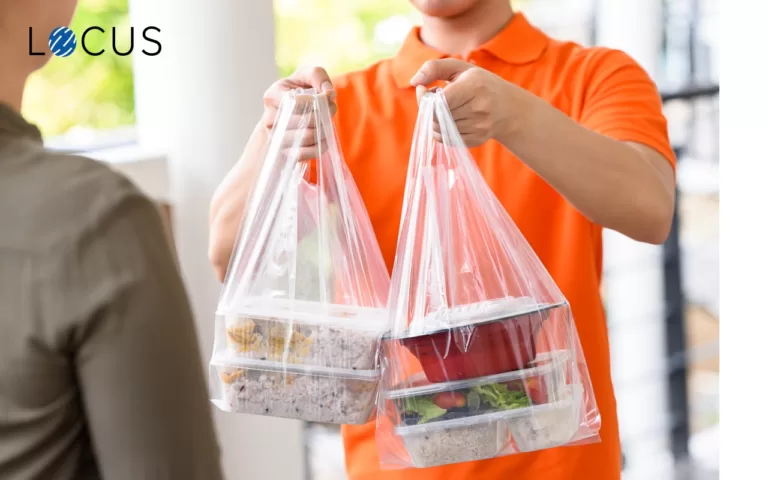E-Commerce, Last Mile Delivery Optimization
How to Prep your E-commerce Logistics for an Explosive Holiday Season
Oct 5, 2020
6 mins read

The holiday season is upon us, and it’s that time of year again when customers gear up for extravagant shopping of winter clothing, fashion accessories, festive gifts, and all sorts of holiday merchandise. But this year’s holiday season is a lot different from usual.
With the rising wave of Coronavirus in the US, the majority of the people will prefer to have quiet family gatherings on holidays, forgoing holiday travel plans, social celebrations, and big-scale parties. Moreover, people will turn to online shopping this holiday season more than any other year, not just for the great discounts and holiday sales, but also because they don’t want to risk their health and safety by visiting stores in person.
This indicates two things — the average online shopper’s propensity to spend during this year’s festive season will be greater than usual, and E-commerce festive sales are likely to skyrocket like never before.
The State of Holiday Season Retail and E-commerce Sales
Research firm Forrester predicts that online sales for retailers in popular gifting categories will get a boost this season, with health and beauty up 23%, consumer electronics rising 20%, fashion up 19%, and home furnishings growing 16% by year’s end. And, according to a Deloitte study, E-commerce holiday retail sales will grow between 25% to 35% from November through January, reaching $182 billion to $196 billion in total.
Amazon’s much-awaited Prime Day is about to kick off on October 13, followed by a number of other sales during the Halloween week. Later, Black Friday, Cyber Monday, and Christmas and New Years sales are lined up for the excited customers to shop from top brands at affordable discounted rates.
All in all, an explosive holiday sale season is on the cards for online sellers and retail brands. However, as promising as the sale volumes appear to be, E-commerce companies and distributors must brace themselves for an extremely busy peak season.
This year, the competition in online retail is higher than usual, as brick-and-mortar retailers have set up web stores owing to the lockdown impact, entering the world of online selling. To beat the fierce competition and stand out as a people’s favorite, retailers must revisit their peak season strategies and plan better this time.
Meeting customer expectations will be the true differentiator between E-commerce brands for a successful holiday season. Beyond lucrative discounts, personalized product catalogs, user-friendly shopping applications, and easy digital payment gateways, customers expect safe and express deliveries of their orders; and even same-day or two-day order fulfillment, and of course not to forget excellent customer service.
Using AI to Cope with Logistical Problems During Peak Seasons
Smart and efficient logistics is a key element to last-mile Ecommerce fulfillment during the peak season.
However, a number of real-world logistical challenges could come up unexpectedly while carrying out last-mile distribution operations.
Ineffective stock management
Due to uncertain and dynamic volumes of orders during holiday seasons and festive sales, retailers might find themselves in a position where there are not enough stocks to fulfill certain demands, and excessive stocks of some category of products that may not be getting sold.
Negative stock levels lead to delays in deliveries, and overstocking leads to unnecessary storage expenses for retailers. Intelligent use of past peak season sale data and market trends can help businesses predict stocks accurately and prepare better for the upcoming holiday season.
Insufficient storage spaces
Order volumes during peak seasons are at an all-time high during holiday sales. Retail stores or company warehouses may not have enough capacity to stock excessive quantities of products until they’re shipped. This may lead to over-stuffed warehouses during peak seasons and unnecessary chaos. A well-thought and flexible strategy is needed to cope with these challenges.
One of the most effective ways to avoid this situation is by renting third-party warehouses for the time being or opening pop-up distribution centers in high order density areas. Many E-commerce brands are also converting retail stores into Ecommerce fulfillment centers to cater to customers quickly during the holiday rush.
Know Why Amazon and mall owner Simon reportedly in talks to convert stores into fulfillment centers
Inefficient logistics planning
Logistics planning is a complex process, and even more complicated during peak seasons. Managers have to plan daily dispatches of thousands of orders to widespread locations, plan optimal delivery routes as well as reverse logistics for returned orders. Planning day-to-day logistics operations with human intelligence alone is both time consuming and prone to errors.
With the help of AI-powered route optimization software, it is possible to plan daily order dispatches with the right fleet. These solutions also consider traffic and real-time route restrictions to plan the shortest, most optimal, and cost-effective delivery routes within minutes. Smart route planning improves last-mile productivity and helps in achieving higher First Attempt Delivery Rates, leading to lesser failed deliveries and improved customer satisfaction.
Lack of last-mile visibility in delivery operations
One of the biggest gaps in last-mile management is the lack of visibility in delivery operations. Ineffective communication with delivery staff and customers is a primary cause for on-ground confusions and misinterpretations. Fleet management software and real-time fleet tracking solutions offer a single-screen dashboard view of delivery operations, allowing logistics managers to monitor resources effectively.
Predictive alerts and real-time notifications enable taking quick and effective measures when there is a deviation from planned activities such as extended breaks or unexpected halts. Real-time visibility solutions increase workforce productivity as well as allow businesses to share actual order status and ETAs with customers, making the last-mile process more transparent and trustworthy.
With Locus master your Peak Season Ecommerce Fulfillment Strategies
Managing tons of orders and dynamic last-mile operations during the holiday season could be a daunting task. But with a flexible logistics strategy and the use of smart logistics tech, you have a chance to offer exceptional customer experience during this year’s highly competitive holiday season.
Locus offers a range of AI-driven logistics solutions for end-to-end last-mile optimization. Get in touch with our experts for a quick tour of our offerings and optimize your peak season e-commerce logistics with Locus.

Related Tags:

Last Mile Delivery Optimization
Riding the Omnichannel Retail Wave with BOPIS
The COVID-19 pandemic set some new ground rules for retail businesses around the world. Convenience stores, supermarkets, and shopping centers all over the world closed down for uncertain periods, and businesses came to realize that adopting omnichannel order fulfillment was inevitable to fulfill customer demand as it helped bridge the gap between traditional and modern […]
Read more
Delivery Experience
Meal-Kit Delivery Services – The New-age food trend and the logistics behind it
In today’s fast-paced world, people love to cook but can’t stand the prep and cleanup. They want to eat inventive meals that are home-cooked. They do not have the time to shop and run to grocery stores owing to the COVID-19 situation, but still want nutritious meals. Meal kit delivery services has given answers to […]
Read moreMOST POPULAR
EDITOR’S PICKS
SUBSCRIBE TO OUR NEWSLETTER
Stay up to date with the latest marketing, sales, and service tips and news


How to Prep your E-commerce Logistics for an Explosive Holiday Season